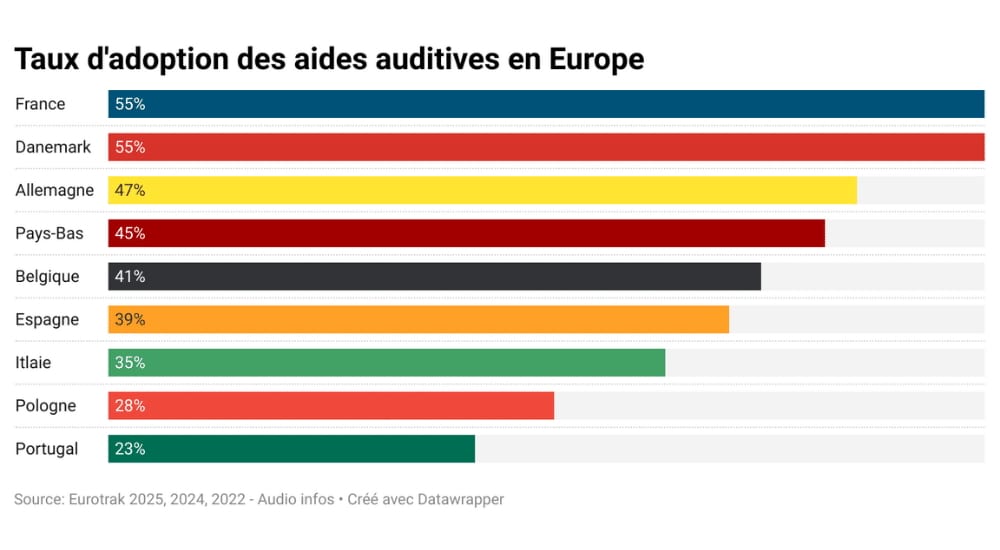Noise-induced hearing loss study advances diagnosis and treatment possibilities
hearing damage
The mysteries of hidden hearing loss—undetectable damage caused by exposure to loud noise—are closer to being fathomed after a study in California revealed that exposure to 100 decibels or more leads to a buildup of inner ear fluid, potentially treatable with the type of saline used for sinus disease.

Loud sounds can cause a loss of auditory nerve cells in the inner ear, which disrupts the transmission of information to the brain. Everyday exposure to acoustic intensity—in the workplace, streets full of power tools or motorcycles, or an ill-starred encounter with the 170+ dB blast of airbag deployment—means that statistically 12% or more of the world population is at risk for noise-induced loss of hearing.
But new research by the Keck School of Medicine at the University of Southern California (USC) brings hope of a breakthrough in understanding this noise damage. The investigation used imaging technology known as optical coherence tomography to scan live mice exposed to varied noise intensities. The scans revealed the development of endolymphatic hydrops in the cochleas of the mice, indicating a common mechanical correlation with noise-induced cochlear synaptopathy. This build-up of fluid is followed by loss of nerve cells.
Possible treatment with saline
While this finding could lead to potential novel techniques for detecting noise-induced cochlear synaptopathy in humans, the study—published in Frontiers in Cell and Developmental Biology in November 2021—also discovered positive results from the timely application of hypertonic saline to the area with fluid build-up. The researchers say this saline may be used to partially rescue IHC ribbon loss in the base of the cochlea following traumatic noise exposure.
"Intratympanic injections are relatively simple procedures that can be performed in the office, and round window delivery of medications is routinely performed for other otologic conditions, including the use of intratympanic steroids for sudden sensorineural hearing loss," the study underlines.
"First, if human ears exposed to loud noise, such as a siren or airbag deployment, can be scanned for a level of fluid buildup—and this technology is already being tested out—medical professionals may have a way of diagnosing impending nerve damage," said Keck Medicine Otorhinolaryngologist John S. Oghalai, lead author of the research. "Secondly, if the scan discovered fluid buildup, people could be treated with hypertonic saline and possibly save their hearing."
Source: MedicalExpress


